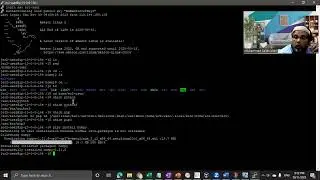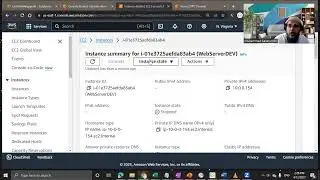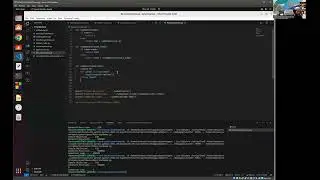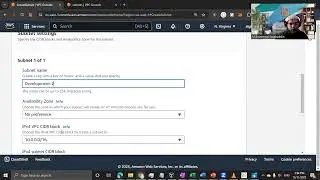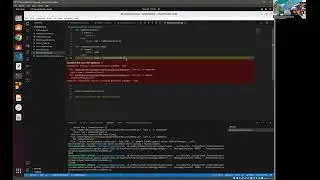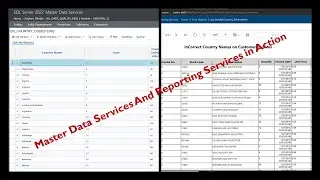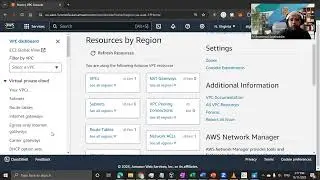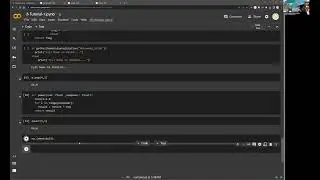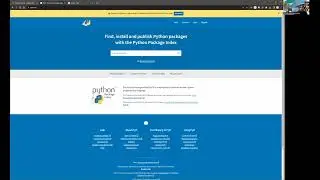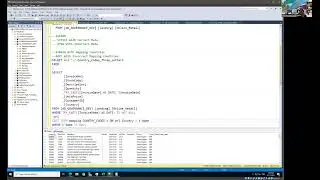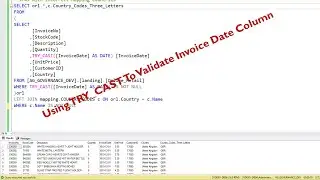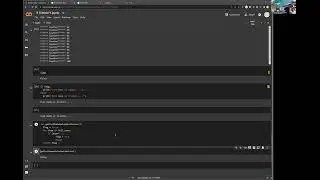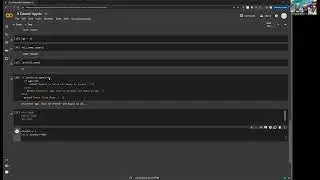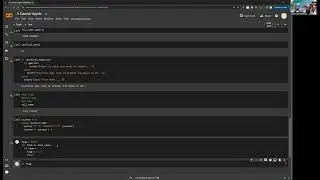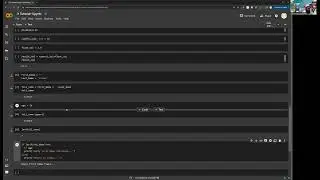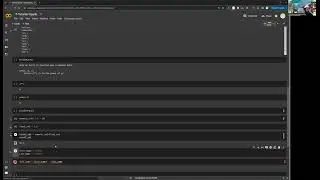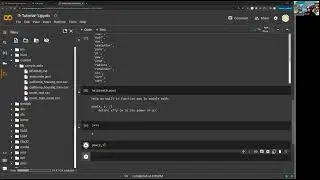Decoding Repetition: Exploring the deep relationship Between Recursion and Loops in Python Language
In the realm of programming languages, recursion and loops are two powerful concepts that share a fundamental relationship, both serving as mechanisms for executing repetitive tasks. While they achieve similar goals, they do so in distinct ways, each with its own advantages and considerations.
Loops, such as "for" and "while" loops, operate by repeating a set of instructions until a specified condition is met. They are the workhorses of iteration, allowing developers to execute a block of code repeatedly with a clear control flow. Loops are particularly useful when the number of iterations is known in advance.
On the other hand, recursion takes a different approach. It involves a function calling itself, breaking down a complex problem into simpler subproblems. Each recursive call represents a step towards the base case, where the problem becomes trivial to solve. Recursion is elegant in its ability to handle problems with inherent self-similarity, but it requires careful design to avoid infinite loops.
The relationship between recursion and loops lies in their shared objective of achieving repetitive execution. In fact, some problems can be solved using either construct interchangeably. However, recursion often provides a more intuitive and expressive solution for certain types of problems, emphasizing clarity and simplicity in code.
Understanding the strengths and trade-offs of recursion and loops is crucial for a programmer. While loops excel in scenarios with a predetermined number of iterations, recursion shines when tackling problems that exhibit a recursive structure. Ultimately, the choice between recursion and loops depends on the nature of the problem at hand and the desired characteristics of the code, whether it be efficiency, readability, or a balance of both.








